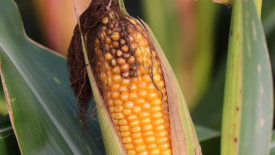Home » study
Articles Tagged with ''study''
Michigan Researchers Release Study Results of U.S. Outbreaks of Foodborne Salmonella Enteritidis
Study looked at results from 1990–2015.
February 25, 2021
Never miss the latest news and trends driving the food safety industry
eNewsletter | Website | eMagazine
JOIN TODAY!Copyright ©2024. All Rights Reserved BNP Media.
Design, CMS, Hosting & Web Development :: ePublishing










